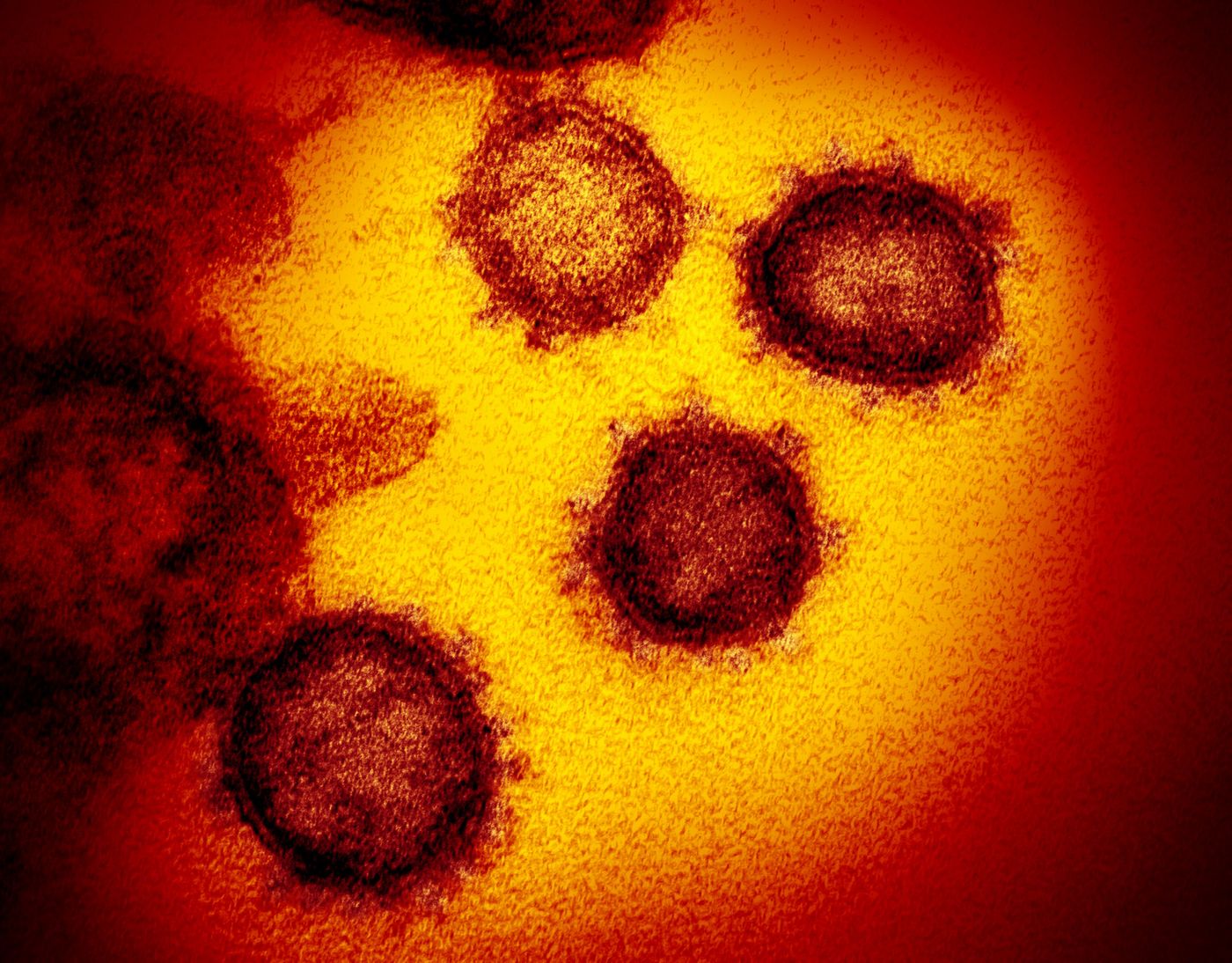WHO Declares a Pandemic as COVID-19 Cases Top 125,000 in 112 Countries
In a move many have expected, the World Health Organization (WHO) has declared that the coronavirus called SARS-CoV-2, which causes an illness called COVID-19, is a pandemic. This characterization refers to the geographic spread of the disease. What's known as an "index case" of infection takes the pathogen back to their home country after being infected abroad, and is not taken into account when WHO is deciding whether something is a pandemic. WHO looks at "community spread" in which an infection moves through a community, and the number of places where that's occurring.
“The change of term does not alter anything practically as the world has been advised for the last few weeks to prepare for a potential pandemic, which has hopefully been taken seriously by all countries," Dr. Nathalie MacDermott, National Institute for Health Research academic clinical lecturer at King’s College London told The Guardian. “The use of this term, however, highlights the importance of countries throughout the world working cooperatively and openly with one another and coming together as a united front in our efforts to bring this situation under control.”
Research has shown that indoor humidity levels are related to the transmission of the flu. During the winter, people gather indoors, where cold air is heated, and the relative humidity thus becomes very low. It may also be easier for influenza to grow in the respiratory tract when it's dry.
Mild colds are caused by endemic coronaviruses and they are seasonal. These viruses tend to peak in the winter, around January, and are not as common during the summer and early fall. Researcher Jeffrey Shaman of Columbia University is a leading researcher on the flu-weather connection who told Weather Underground that we don't yet know whether SARS-CoV-2 will be seasonal. It may continue unabated during the summer, or it may be impacted by the warmer temperatures and ramp down in the summer. If circulation is reduced during warmer weather, it may also return in the fall.
“Due to high susceptibility, the pandemic virus continues to circulate through late May or June, is limited in summer, and ramps up again in September,” he said. “If SARS-CoV-2 follows suit, we could have a break from it in the summer, which would buy some time to further prepare. However, it would still be in circulation in the Southern Hemisphere…and in the tropics throughout the year, in all likelihood.”
It also has the potential to infect massive numbers of people. Marc Lipsitch of Harvard University told CBS News that 40 to 70 percent of the global population may eventually be infected, and one percent of them could die.
He added during that interview that the SARS-CoV-2 pandemic might be comparable to a "bad pandemic of influenza, which we experienced arguably twice or three times in the 20th Century," and is not an existential threat.
You can reduce the likelihood of infection by practicing good handwashing habits and washing hands frequently, using hand sanitizer if soap is not available, avoiding touching your face, and staying away from people who are sick.









